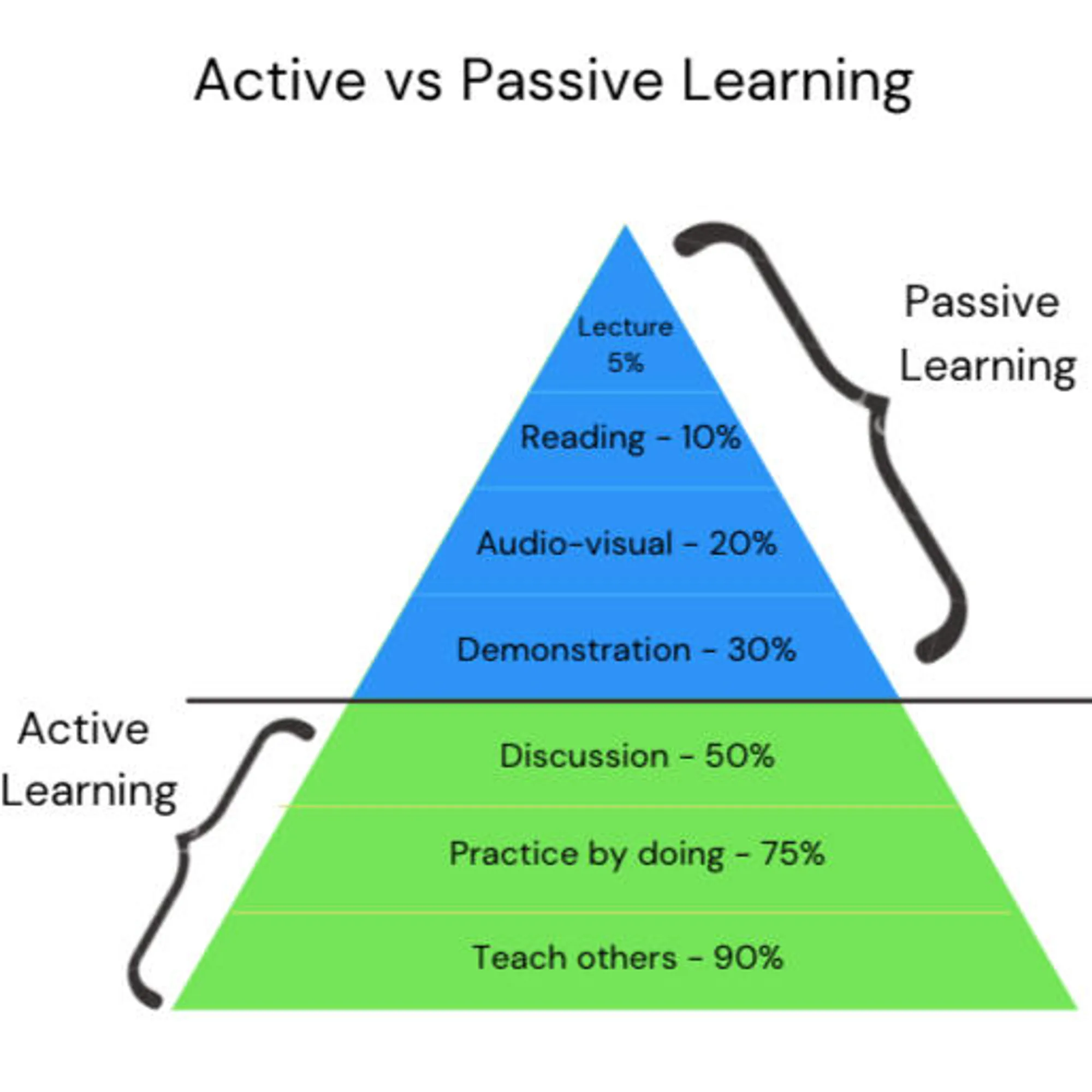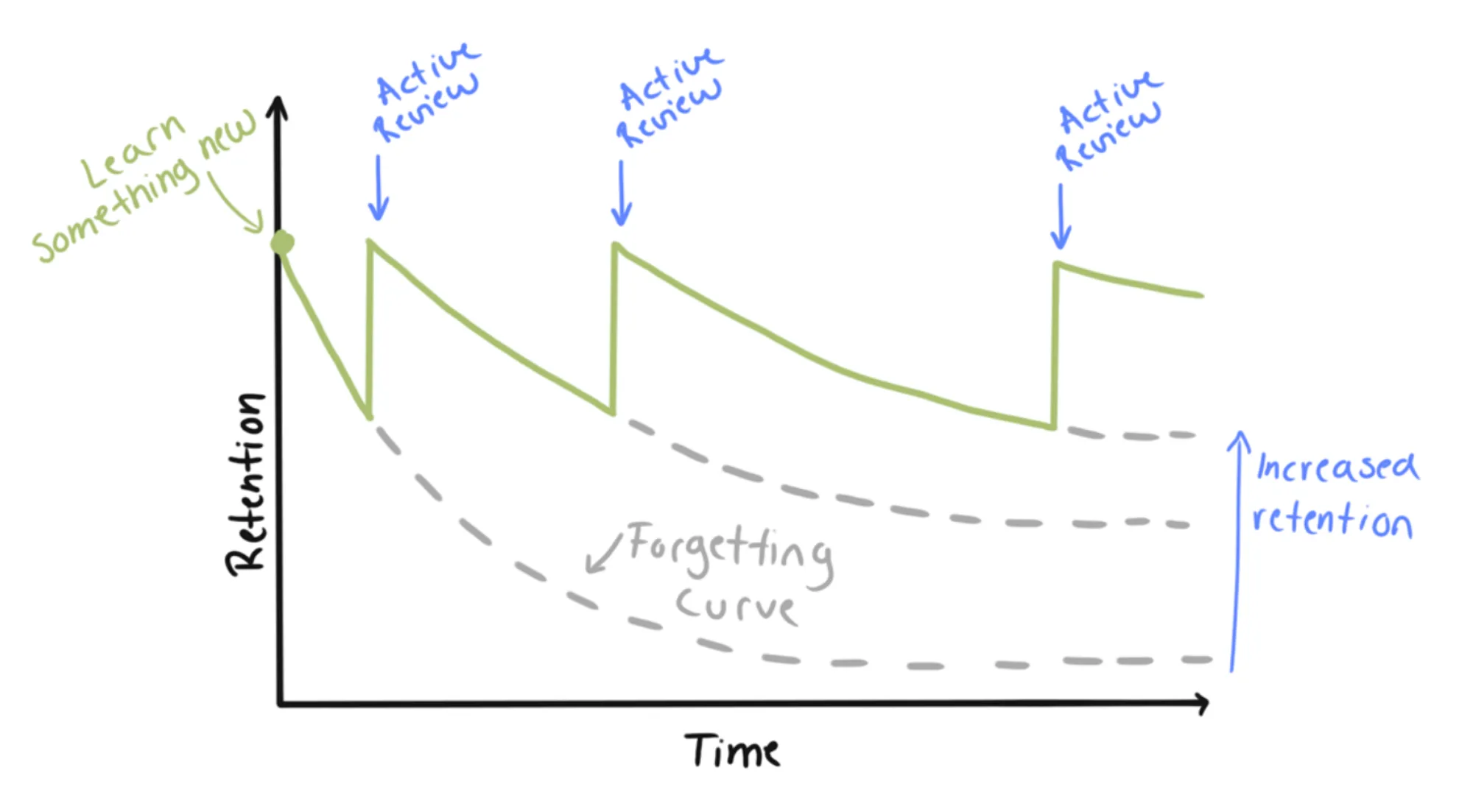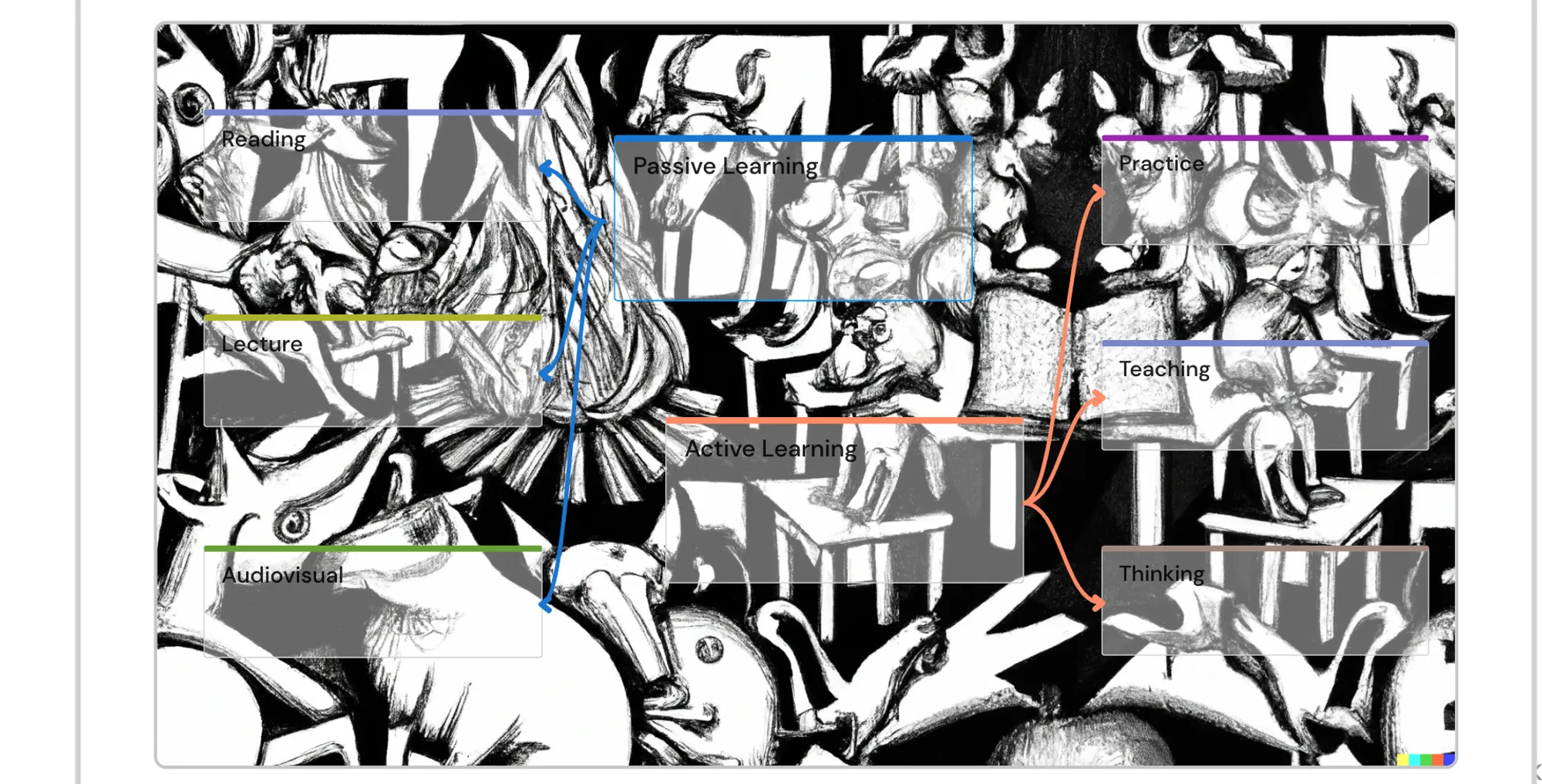We often fail to remember the knowledge that matter most in our life, study and work. It's not because we don't put in the effort, but because we choose ways of learning that are ineffective. Thankfully, we are now at a point where we have discovered which learning techniques actually work, and we only need the right tools to implement them.

We tend to use passive learning techniques like summarizing, highlighting, rereading, which are highly ineffective. This is no wonder since at no point in our formal education are we actually taught how to learn. This is a shame, since science has made a lot of progress in the past 50 years on finding out how to study effectively using active methods.
TECHNIQUE | DESCRIPTION | UTILITY |
Summarization | Writing summaries (of various lengths) of to-be-learned texts | Low |
Highlighting/underlining | Marking potentially important portions of to-be-learned materials while reading | Low |
Rereading | Restudying text material again after an initial reading | Low |
Elaborative interrogation | Generating an explanation for why an explicitly stated fact or concept is true | Moderate |
Self-explanation | Explaining how new information is related to known information, or explaining steps taken during problem solving | Moderate |
Interleaved practice | Implementing a schedule of practice that mixes different kinds of problems, or a schedule of study that mixes different kinds of material, within a single study session | Moderate |
Practice testing | Self-testing or taking practice tests over to-be-learned material | High |
Distributed practice | Implementing a schedule of practice that spreads out study activities over time | High |
Adapted from: Dunlosky, John et al. “Improving Students' Learning With Effective Learning Techniques: Promising Directions From Cognitive and Educational Psychology.” Psychological science in the public interest: a journal of the American Psychological Society 14 1 (2013): 4-58.
Distributed and testing practice, also known as spaced repetition and active recall, have been consistently shown to increase student's retention and, importantly, understanding.
What is spaced repetition?
The science behind spaced repetition is based on the forgetting curve, discovered over a 100 years ago by Hermann Ebbinghaus. He discovered that the probability that we can recall something after we've learned it decreases exponentially over time.
But the good news is that we can reset the forgetting curve by quizzing ourselves on the subject at various intervals. Everytime we try to recall, we retain the information better, and the forgetting curve flattens out. Notice that the intervals increase over time, we need to wait longer and longer between review sessions. This is why cramming is a highly ineffective method, leading to a short term gain but no improvement in long-term memory.

So it's great that we've got memorizing figured out, however isn't memorization inferior to understanding? This however is a false dichotomy: deep understanding is simply not possible without memorization. As Nobel prize winner Gerald Edelman put it:
“Every perception is to some degree an act of creation, and every act of memory is to some degree an act of imagination.”
Understanding occurs when the subconscious brain forms connections between existing and new knowledge. This is why learning compounds: if you have a lot of existing knowledge to connect to, it will be easier to learn new things. And when knowledge is connected, it truly sticks.
Memory also enables creativity. In fact, the brain uses the same parts to recall past events as it does when imagining new scenarios.
The interplay between memory, understanding and creativity means that it's more important than ever that today's students and knowledge workers use the right tools and techniques to learn effectively.


